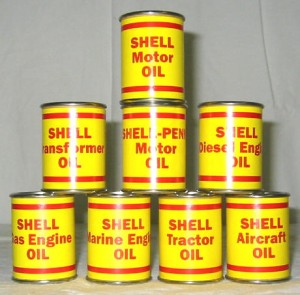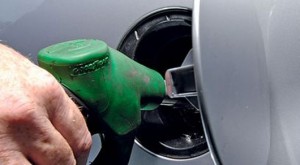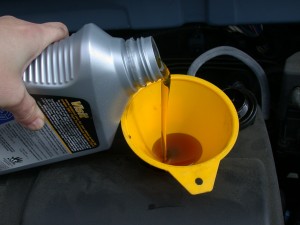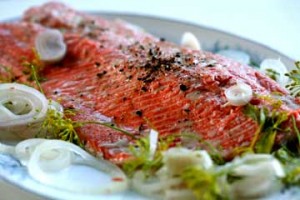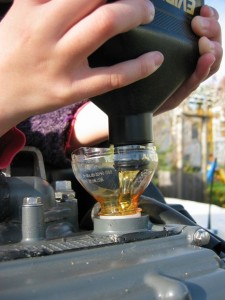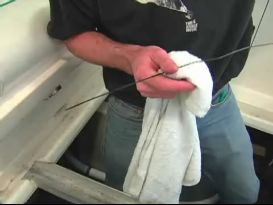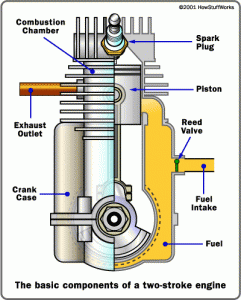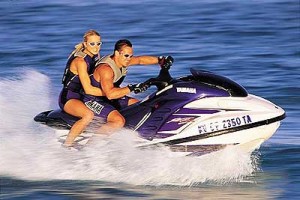What to Do with Used Oil
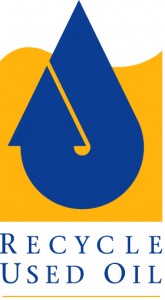 Over 180 million gallons of motor oil are disposed of illegally each year. This number should be zero, but many people do not know the rules of what to do with used oil. Simply put, motor oil should always be recycled and never go into land fills or down the storm drain.
Over 180 million gallons of motor oil are disposed of illegally each year. This number should be zero, but many people do not know the rules of what to do with used oil. Simply put, motor oil should always be recycled and never go into land fills or down the storm drain.
As previously stated, motor oil is 100 percent recyclable. When you go to replace your oil with some from your store of bulk outboard motor oil, make sure to save the old oil. You can either drop it off at an oil change center or auto parts store; they’ll add it to their own collection of used oil and drop it off at the proper recycling center. You can also call your local waste hauler and find out if they offer curbside collection – then you don’t even have to leave your own driveway!



